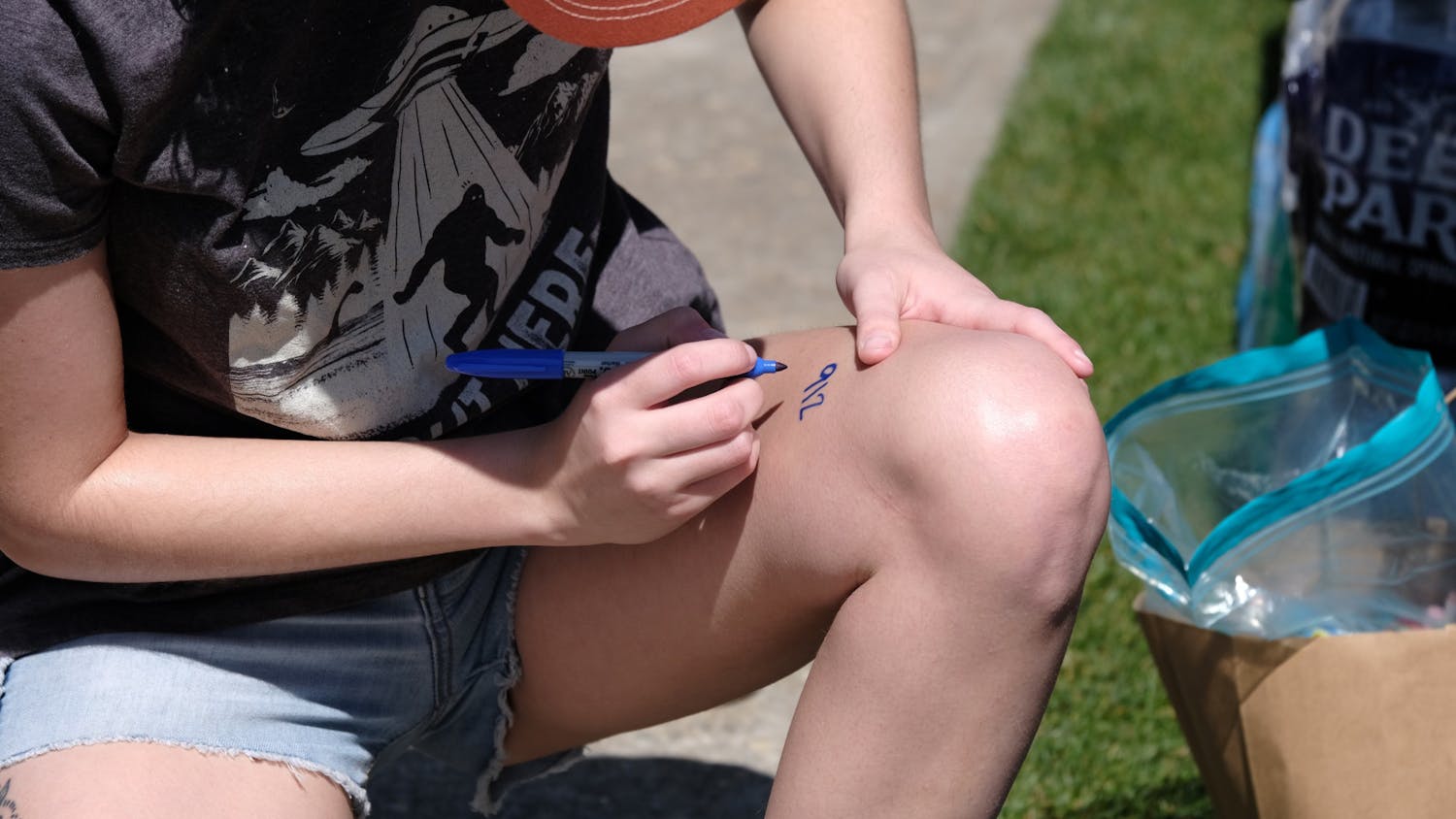Mail-in voting, absentee ballots, vote by mail, mail-in ballots — this election cycle has seen a lot of names thrown around to describe the exact same thing: mailing in a paper ballot, instead of voting in person. But what exactly is mail-in voting, and is it a safe way to cast your vote?
To answer that question, I’ll start by saying that mail-in ballots have been around since the Civil War when soldiers were able to vote for either the incumbent President Abraham Lincoln or his rival Gen. George B. McClellan. Absentee ballots were actually added to the Constitution “to allow Civil War soldiers to vote.” The addition, however, was only good through the end of the war.
The issue was addressed again in 1932 at the end of the First World War, but this time, it went beyond including only active-duty soldiers. It included “individuals who could not appear at the polls because of absence from their city or town, sickness, or physical disability,” and since then, the laws have been updated several times.
Before COVID-19, there were already 17 states that didn’t require someone to give a reason when they requested a mail-in or absentee ballot. And currently, there are only six states in which “in-person voting remains the only option unless they can provide an approved reason not related to fear of the coronavirus,” according to the Washington Post.
Absentee ballots, mail-in ballots or whatever you want to call them have been used for years, and they are a safe and reliable way to vote. While there are a few instances of fraud through mail-in ballots, the mail-in system itself is not the main source of problems. What really plagues mail-in voting is when people fill them out incorrectly.
Mail-in ballots can be confusing, and they require complete accuracy in filling them out or they will be turned away by the election board. Mike Kaplan, Macon-Bibb Board of Elections chairman, said that “not following directions” is the most common mistake he has seen in his tenure overseeing elections.
“In the July election, we had hundreds and hundreds of mismarked ballots. It says to fill in the bubble. NOT check it or ‘x’ it. Just fill it in,” Kaplan said.
College students must request a ballot for the county they registered to vote in, he said, which might not be the county where they attend school. Students should check through their state department’s website where they are registered.
Jadon Murad, president of Mobilize Mercer — which encourages voter participation among the Mercer student body — suggested that the “most important aspect when going in to vote is to have a plan.”
“It doesn’t matter if it is in person or absentee. Go in with a plan,” Murad said. “You can’t just randomly fill out a ballot. You have to order it and fill it out and mail it back. Don’t get your ballot and then wait to mail it. Fill it out, and mail it. Follow your plan.”
Murad brought up an important point for voting in general: a plan. Voting, especially by mail, is not something that can be done on a whim. Go in with a comprehensive plan. When you're going to vote, how you're going to get there and who you're going to vote for. A plan can significantly diminish the room for error, which is so common in the voting process.
Many of the mistakes and errors with absentee ballots happen when voters don’t follow a plan and make sure everything is done correctly.
In a 2014 interview with NPR, Kim Alexander, president of the California Voter Foundation, said that there are many mistakes that can cause mail-in votes to not be counted, like forgetting to sign the envelope the ballot is in or using a regular envelope rather than the official mail-in ballot envelope.
Additionally, mail-in ballots are not counted if the person who voted already voted in person or if their signature does not match the one on file. And the number one mistake? Turning the ballot in late.
These problems may scare you out of voting absentee. If that is the case, then I hope to see you at the polls on Election Day. But if voting absentee is calling your name, I urge you to first make a plan, order your ballot and, once it arrives, read it carefully — maybe a few times over. Then, fill it out and then mail it in! Don’t wait around or say you'll do it after class on Friday; mail it back that same day! And if nothing else, just remember to fill in the bubble. In this case, X definitely does not mark the spot.
You can register to vote at www.vote.gov. For resources on how to vote absentee, visit www.vote.org/absentee-ballot/.
ANALYSIS: Absentee ballots do's and don'ts

Archive graphic designed by Marianna Bacallao.




